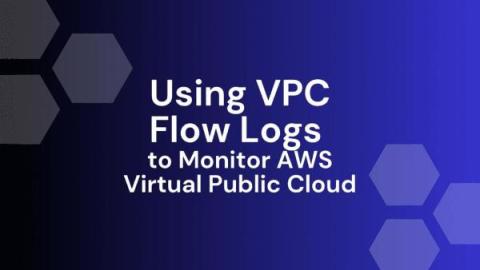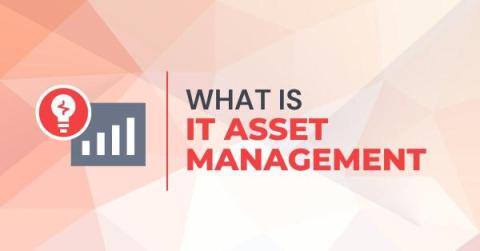Business Intelligence and Log management - Opportunities and challenges
Business intelligence (BI) is all about making sense of huge amounts of data to extract meaningful and actionable insights out of it. Log management tools such as Graylog, instead, are the perfect solution to streamline data collection and analysis, so it’s easy to understand how these two technologies can make sense when they’re coupled together.











